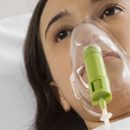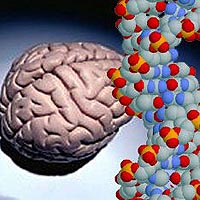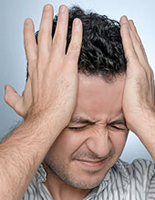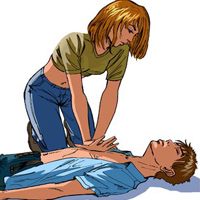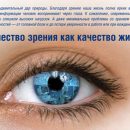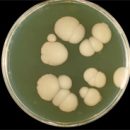Whenever, examining the baby, the district pediatrician measures the circle of his head. After all, the greater, compared to the norm, the size may be a sign of such a disease as a brain cyst. What is the alert? What are his signs? How the cerebral cyst is treated in children? Answers to these questions you will find in this article.
Content
Intracranial cyst in children and its causes
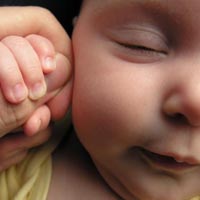 Intracranial cyst is a cavity that has a common shell and liquid filled with liquid. This formation refers to pathological, since, having a very large size, squeezing the brain, causes neurological disorders, convulsions, delay in the child's development.
Intracranial cyst is a cavity that has a common shell and liquid filled with liquid. This formation refers to pathological, since, having a very large size, squeezing the brain, causes neurological disorders, convulsions, delay in the child's development.
In most cases, cysts do not have a tumor nature and are a consequence of a congenital violation of the development of the central nervous system or the consequence of generic injury.
Cysts can be localized in any brain department and in the absence of clinical symptoms may be a random find in computer or magnetic resonance tomography.
However, the most often data of pathological cavities gradually increase in the amount, due to the accumulation of content, and lead to a deterioration in the well-being of a child. The cystic cavity begins to influence the child's brain like a tumor.
The clinical picture at the brain cysts can be folded from an increase in intracranial pressure, which is characterized by a headache, nausea, vomiting, lethargy, drowsiness, or unfortunate concern and sleep disturbance, and with a long-term course of the disease, an increase in the sizes of the head, the discrepancy of the cranial seams and the unnecessary of the spring, delay Child Development.
With small sizes, the beginning of the disease can be in the form of focal neurological symptoms, the main of which is:
- Violation of movement and weakness in any limb,
- Violation of coordination of movements,
- violation of acuteness and field of view,
- Fedoon, which depends on the location of the cyst.
For example, at the location of cystic education in the region of the Turkish saddle (pituitary gland), the child appears endocrine disorders in the form of a delay or premature development, including sexual.
One of the main manifestations of the brain cyst is epileptic seizures. In the development of paroxysmal attacks, the child needs to carry out the tomography of the brain in order to eliminate pathological formations, including cyst.
When confirmed by the diagnosis of brain cyst and, if there are at least one of the above manifestations of this disease, the patient child needs urgent consultation of the neurosurgeon.
Treatment of clinically manifest brain cyst surgical. In this case, there are 3 groups of surgical operations:
- Trep trepanation and removal of cysts with its walls. This operation refers to radical, but trauma.
- Shunt operation. Less trauma. The disadvantages include the need for a long-lasting shunting system, which is aimed at gradual emptying of cysts.
- Endoscopic operations. Also smallrachum. There is no need to implant the shunting system. Each type of surgical interventions has its own testimony, its advantages and disadvantages and are selected individually in each case.


